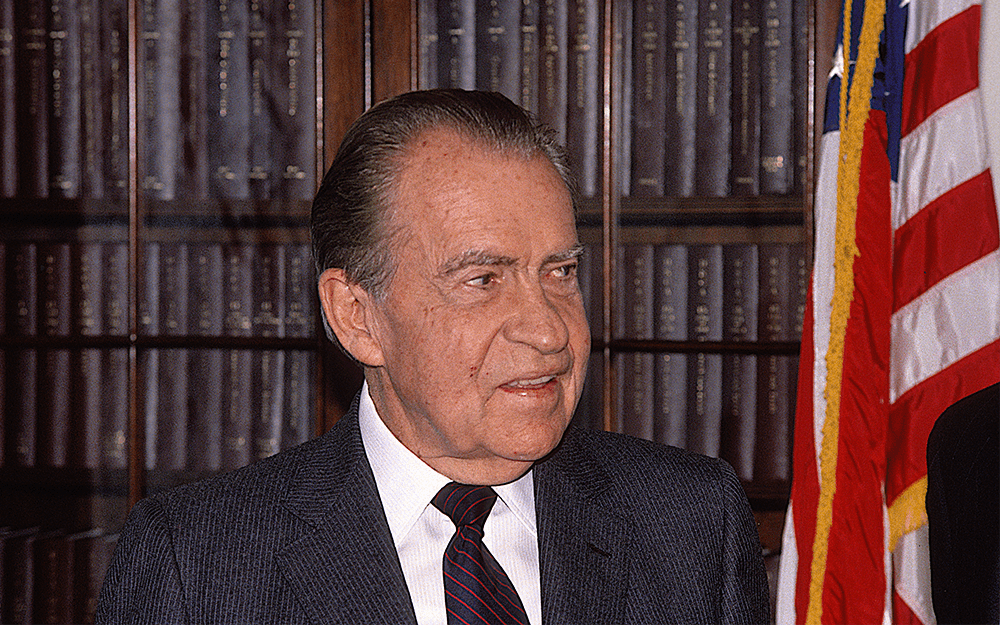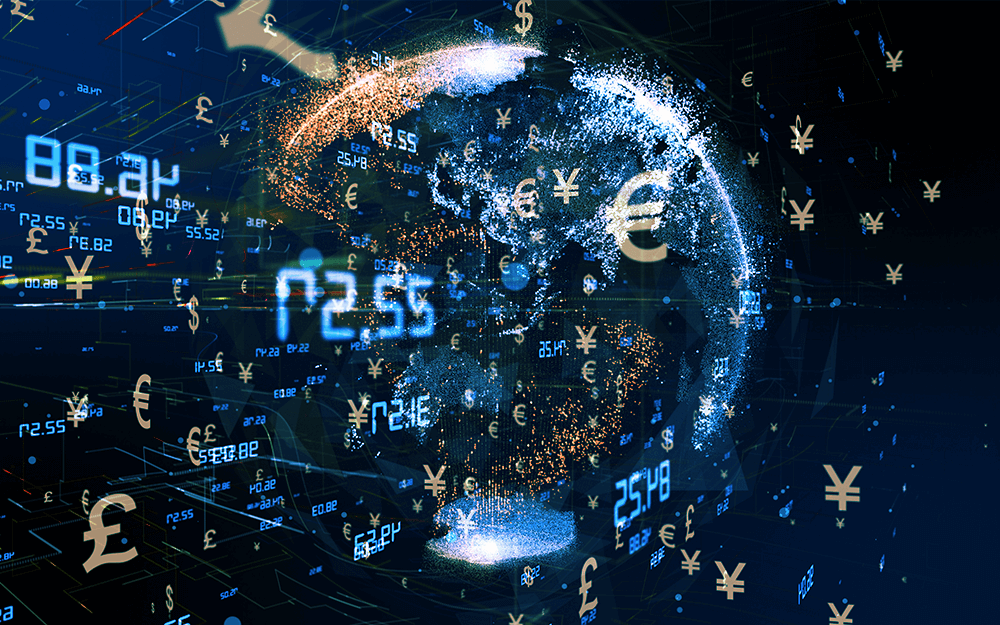THE ORIGIN & EVOLUTION OF FOREX MARKET

The trillion-dollar industry that we trade in today had a very humble beginning. It truly is very inspiring to look into that modest past of the mighty Forex empire. Today, let us take a deep dive into the origin and evolution of forex market.

Situation Long Back
Centuries ago, countries used gold and silver as the means of international
payments. However, in 1875, gold standard monetary system was created to
simplify it. Though this was discontinued later after World War I, it was resumed
after a few years, but then discontinued once again after World War II. The idea
behind using gold as the standard was that it was a very effective medium of
exchange. The prices of currencies around the world were fixed in terms of gold.
Therefore, the exchange rate between two currencies could be mathematically
calculated easily using gold as the standard.
Post WWII
After World War II, an organization called International Monetary Fund was created
that laid out the monetary policies. All currencies around the world were pegged to
the US dollar which was pegged to gold at $35 per ounce. This was in place for some
time.
The Nixon Shock
However, things changed when President Nixon in 1973 closed the gold window, or
in other words, he removed gold as being the common denominator between
currencies, which made currencies valuable by themselves. This was a revolutionary
move which changed the future of international currencies. As a result, currencies
were printed in massive quantities which led to a situation where there are more
currencies than gold.

With this, it made the value of currencies dependent on a variety of factors rather than simply the value of gold. This prompted the need for a market where the rates of currencies are determined, thus, Forex market came into existence. However, this was initially available only between banks and therefore, only large volume of currencies was exchanging hands.
Evolution
After President Nixon’s economic measures, the Forex market went through many
ups and downs. Many agreements were started, and many were discontinued as
well. This went on until 1990s when another revolution took place – the internet. In
the internet age, along with advancements like capitalization and globalization, Forex
markets changed inside out. It became a lot simpler and easier to trade currencies.
Revolutionary Development
In 1998, a currency trading system was introduced in the USA and the market was
finally opened up for retail traders. As a result, more players started participating and
more capital started flowing. With more retail traders in the market, the Forex market
became much more flexible, with increased liquidity. This led to emergence of online
brokers who offered higher leverage, like 1:400 or 1:500.

Now Forex market is a happening place. There are many significant financial centres spread across the globe. Europe, North America, Asia, Australia are now active in the Forex market. This offers an added advantage for traders, which is trading at anytime and anywhere. There are no fixed hours as different markets open at different times owing to the varied time zones. Thus, Forex market is now called the market that never sleeps!
The Current Situation
Today, Forex market has surpassed top exchanges like NASDAQ. It has now surged
to become a massive $7 trillion-a-day market. It is very dynamic that the currency
values change every second. Let us check out the main features of the Forex market.
Liquidity: Forex market is perhaps the market that offers the highest liquidity. Traders can buy or sell at any time they wish as it is tradable 24 hours a day during weekdays. Multitude of traders are actively trading and trading massive numbers of total volume.
Transparency: One of the main features that attracts players in to the market is its transparency. In the Forex market, traders have access to real time information. They can monitor the currency price of different countries without the help of a broker. This provides an unmatchable comfort to the trader and makes it easier for them to take better trading decisions.
Low Cost: There is no or less commission while trading in the forex market. The only cost is the difference between the buying and selling prices of the currencies. This helps small investors to make decent profit.
A market with such a modest beginning and now with such salient features plays a vital role in international trade. The Forex market has the potential to grow beyond as gigantic as how you see it right now. This is just merely a beginning and more innovations and changes are still to come.


 EN
EN  AR
AR JA
JA


